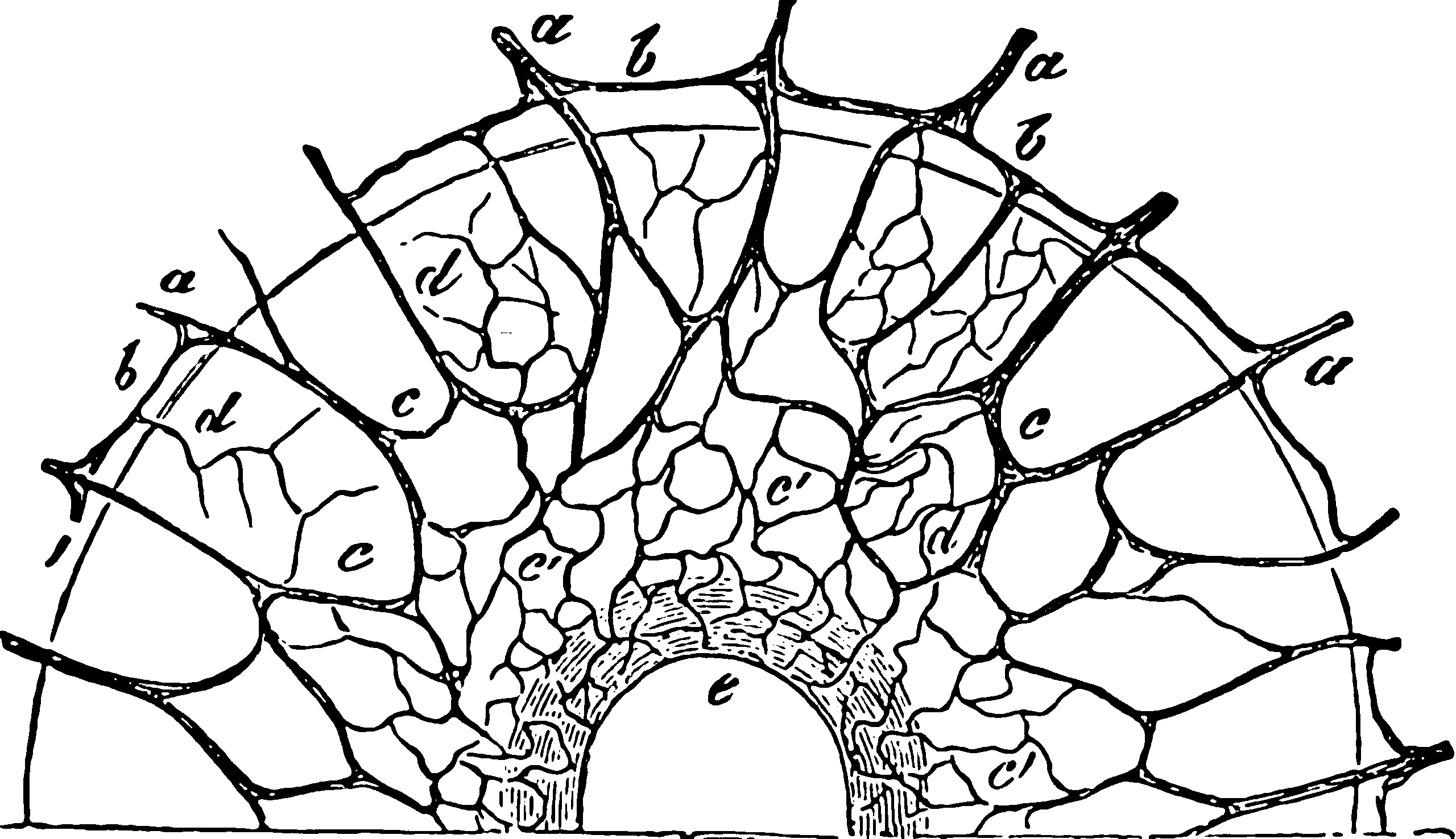Graph neural nets
2020-09-15 — 2024-11-11
Neural networks applied to graph data. Neural networks, of course, can already be represented as directed graphs or applied to phenomena that arise from a causal graph, but that is not what we mean here. What we mean here is using information about graph topology as a feature input (and possibly output) for a neural network. In practice, this is usually some variant of applying convnets to spectral graph representations; there is an obvious analogy to generic graph computations and belief propagation, but I do not know how those play out in practice.
I am not closely following this area at the moment, so be aware content may not be current.
1 Tutorials
Pantelis Elinas wrote a good tutorial. One of his motivating examples is nifty: He argues graph learning is powerful because it includes the fundamental problem of discovering knowledge graphs and thus research discovery. He recommends the following summaries: M. M. Bronstein et al. (2017);M. M. Bronstein et al. (2021);Hamilton (2020);Hamilton, Ying, and Leskovec (2018);Xia et al. (2021).
- Beyond Message Passing, a Physics-Inspired Paradigm for Graph Neural Networks; this is possibly the broadest overview of the field I have seen.
- Thomas Kipf’s summary of the field
- Xavier Besson’s implementation of one graph convnet.
- Chaitanya Joshi’s overviews of spatial graph convnets and his attempt to link them to attention mechanisms.
Chami et al. (2022):
There has been a surge of recent interest in graph representation learning (GRL). GRL methods have generally fallen into three main categories, based on the availability of labelled data. The first, network embedding, focuses on learning unsupervised representations of relational structure. The second, graph regularised neural networks, leverages graphs to augment neural network losses with a regularisation objective for semi-supervised learning. The third, graph neural networks, aims to learn differentiable functions over discrete topologies with arbitrary structure. However, despite the popularity of these areas there has been surprisingly little work on unifying the three paradigms. Here, we aim to bridge the gap between network embedding, graph regularisation and graph neural networks. We propose a comprehensive taxonomy of GRL methods, aiming to unify several disparate bodies of work. Specifically, we propose the GraphEDM framework, which generalises popular algorithms for semi-supervised learning (e.g. GraphSage, GCN, GAT), and unsupervised learning (e.g. DeepWalk, node2vec) of graph representations into a single consistent approach. To illustrate the generality of GraphEDM, we fit over thirty existing methods into this framework. We believe that this unifying view both provides a solid foundation for understanding the intuition behind these methods, and enables future research in the area.
2 Fun tweaks
Distance Encoding is a general class of graph-structure-related features that can be utilized by graph neural networks to improve the structural representation power. Given a node set whose structural representation is to be learnt, DE for a node over the graph is defined as a mapping of a set of landing probabilities of random walks from each node of the node set of interest to this node. Distance encoding generally includes measures such as shortest-path-distances and generalised PageRank scores. Distance encoding can be merged into the design of graph neural networks in simple but effective ways: First, we propose DEGNN that utilizes distance encoding as extra node features. We further enhance DEGNN by allowing distance encoding to control the aggregation procedure of traditional GNNs, which yields another model DEAGNN. Since distance encoding purely depends on the graph structure and is independent from node identifiers, it has inductive and generalisation ability.
3 Background: Graph filtering
Some of the field seems to be based upon more classic linear systems theory applied to networks in the form of spectral graph theory. See signal processing on graphs.
4 Connection to physics
Bronstein again, Beyond Message Passing, a Physics-Inspired Paradigm for Graph Neural Networks.
5 Relationship to graphical models
We can understand graphical models as learning causal models, e.g. Yu et al. (2019), Zečević et al. (2021).
6 Tooling
6.1 pytorch geometric
6.2 deep graph library
Build your models with PyTorch, TensorFlow or Apache MXNet.
Fast and memory-efficient message passing primitives for training Graph Neural Networks. Scale to giant graphs via multi-GPU acceleration and distributed training infrastructure.
6.3 GTN
Facebook’s GTN:
GTN is an open source framework for automatic differentiation with a powerful, expressive type of graph called weighted finite-state transducers (WFSTs). Just as PyTorch provides a framework for automatic differentiation with tensors, GTN provides such a framework for WFSTs. AI researchers and engineers can use GTN to more effectively train graph-based machine learning models.
I have not used GTN so I cannot say if I have filed this item correctly or if it is more of a computational graph learning tool.
